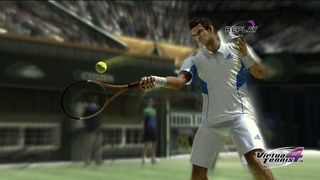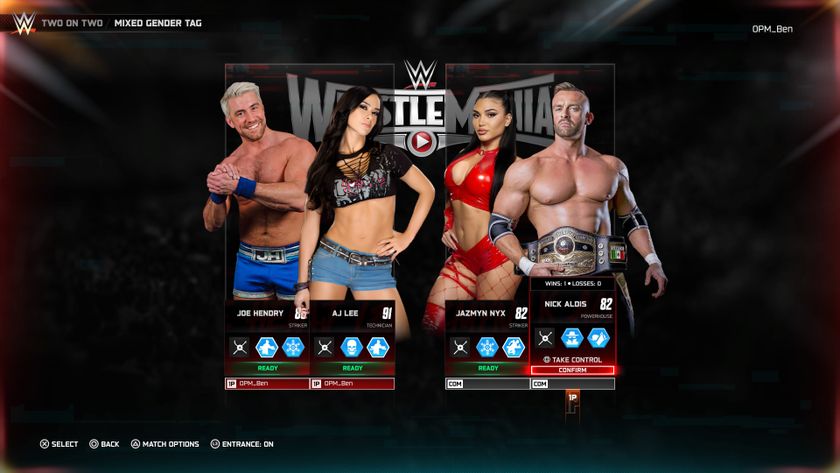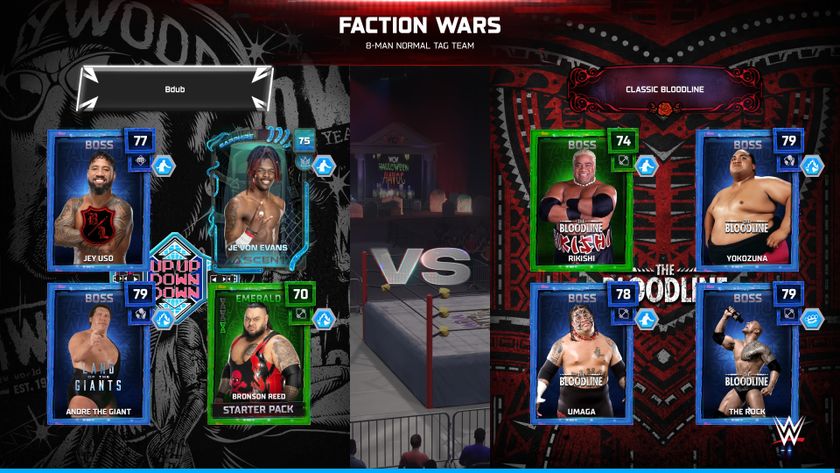Virtua Tennis 4 hands-on preview
Sega's classic mix of arcade and sim tennis is getting a 10th
All these additions (and no doubt many more we simply didn't have time to see) have been added or tweaked to help guide players toward the eventual goal of actually finishing World Tour - an accomplishment Kumagai says was actually rather rare. By breaking up the Tour into specific regions, there's a greater sense of progress rather than just bouncing all over the world, and so long as the minigames and various challenges are kept interesting, we're inclined to agree with her.

The overhauled World Tour is only the one part of SEGA's VT revamp. The other is perhaps more important: online play. Every single mode, save for the Move/Kinect Motion Play option, can be done online, and there's far more in place here than just a simple matchmaking process. Players can create clubhouses and invite friends, then jump between matches against each other or participate in all the minigames from World Tour Mode. Should the whole party play option not entice you, however, there's always simple matchmaking play, but even here things have been made more engaging. Now, rather than a static screen while waiting to join someone else, you'll actually be able to play against an AI opponent. It's simple, sure, but at least it helps kill time.
A bit more good news for those concerned about gaming with others via the Intertubes: the online functionality has been completely rebuilt from the ground up. That's perhaps a rather familiar phrase coming from devs, but SEGA is certainly making an attempt to back it up. The netcode is completely new, and the promise now is that there's actually zero ball lag. Whether or not that's actually possible will have to wait for the game's release into the wild when players are pitted against each other from across the globe (or even just disparate connection quality on the same continent), but we're hopeful it works out, especially with the Match Momentum system in place now.

Should one choose to play locally, that's absolutely an option - though only for two players. Executed via split screen (and killing the 3D effect; it's not possible due to that split-screen), players can either square off against each other solo or opt to do pairs (both same-team and with an AI teammate are options). Bear in mind, too, that stuff like minigames are of course playable with multiple local players too.
Regardless of which system you opt to play the game on, you're given the chance to play in a way that's a little closer to the actual sport thanks to motion controls (though we were only able to play the 360 and PS3 motion options). Both Kinect and Move are supported with Motion Play, which changes the camera from the familiar pulled-out isometric view into something that's much more close-up. The default camera is a kind of over-the-shoulder third person view... at least until the ball approaches, at which point the camera switches to a real-time update of where your hand is as the ball approaches with a little hand/racquet overlay. With a rather forgiving window (not to mention the option to swing again if you batted at the air too early), the focus here is more on just returning the ball, but things like hitting the sweet spot of the racquet do factor in.

Interestingly, the Kinect and Move versions were rather telling in their differences. The Kinect version was actually a bit harder, not necessarily because it wasn't responsive (in fact, it may have felt less laggy than the Move controls), but because the system simply couldn't read the more subtle movements like rotation in the way the Move allowed. This meant things like timing and velocity didn't seem to yield the same precision in returning shots (most defaulted to just returning the volley to the AI opponent). By contrast, the Move controls felt a bit laggier, but had the added advantage of allowing things like top spin or slices by just rotating the Move a bit. In both cases, the game was surprisingly intuitive, and while we're not ready to give up the depth available with a controller, we were genuinely surprised by how easily we were able to place shots with the Move.
The PS3 version also has another advantage: 3D. Okay, so that's really just an advantage for tech geeks, as it didn't add a discernable boost to things like depth or timing (at least not in our 10 or so minutes of using the 3D/Move combo), but aside from some flicker due to the light in the room, we were surprised by how natural it all felt, particularly when using the motion controls. One could certainly make the case for the game feeling more immersive with the high-tech combo, but as for a discernable one-upping of players without 3D, we're not quite ready to make that call.
Sign up to the GamesRadar+ Newsletter
Weekly digests, tales from the communities you love, and more

In all, Virtua Tennis 4 looked tantalizingly adept at getting its hooks in us even after just a few minutes. Those same tight controls are coupled with enough new additions that we're eager to check out the full game. Thankfully, we only have to wait for a few more months for the spring release.
Feb 14, 2011













